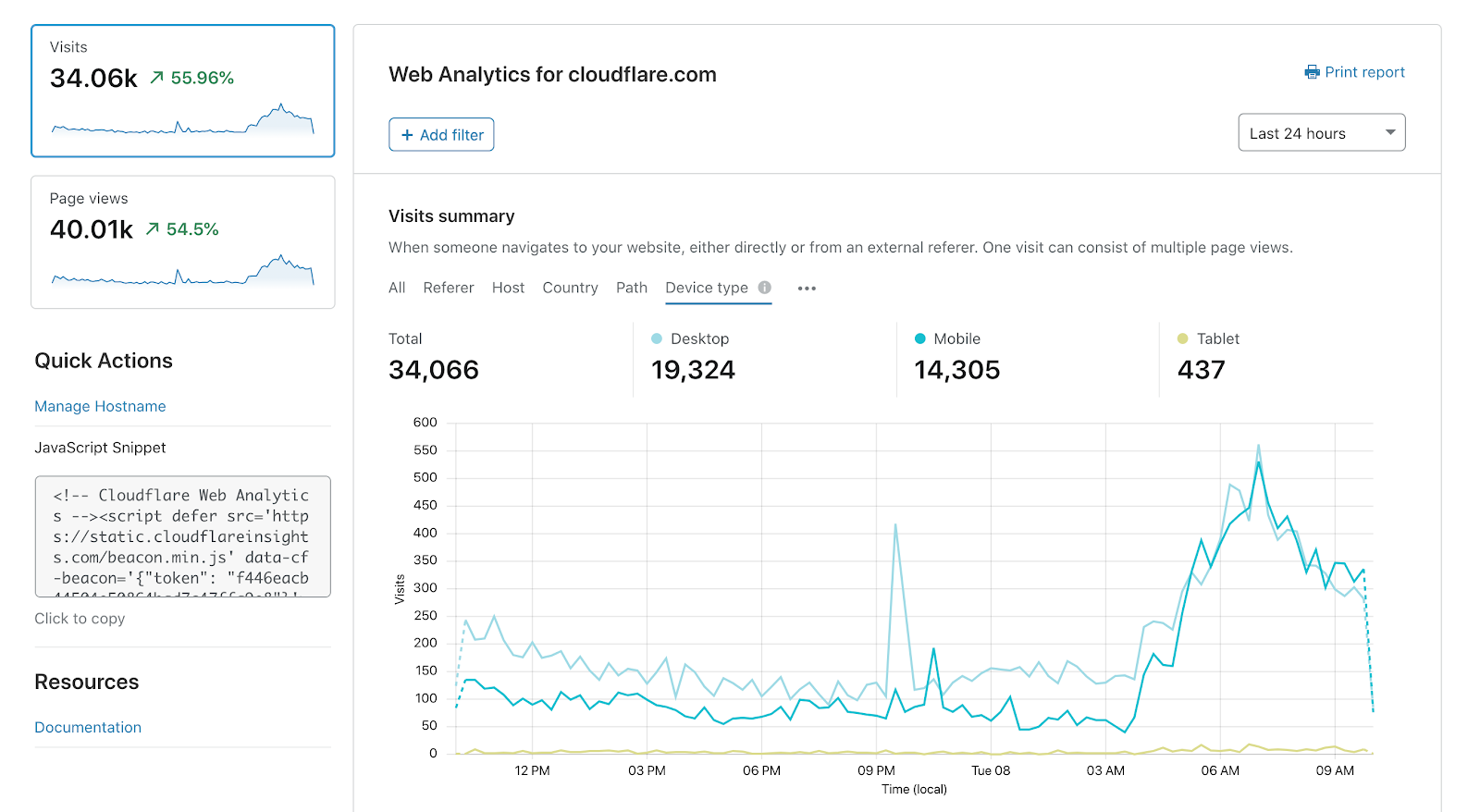SEO ranking goosuggest.com
Using Google Auto Suggest can help you improve your SEO rankings by providing a list of search queries that people might be using to find the information you’re offering on your website. This article will walk you through how to create and optimize Auto Suggest keywords and phrases, as well as how to use them to increase your website’s search engine optimization (SEO) rankings. And if you don’t know what that is, don’t worry – we’ll define it for you!
SEO ranking goosuggest.com
Optimizing your content with Google’s auto-suggest keywords is a great way to increase your ranking on Google. Ranking high in the SERPS gives you more visibility. When people do a search, they will see your site as one of the top results– giving you more traffic than those who rank below you.
It’s time to get started with your content optimization. Luckily, it’s pretty easy if you have a clear idea of what you want your auto-suggest keyword list to look like. We’ve broken down our process into 3 steps below. First, make sure that you’ve set up Google Search Console in order to track any results or recommendations they might have as a result of your new meta tags. These can be useful, but they don’t always take effect right away. Plus, there are other things you can do to optimize your rankings on Google before relying too heavily on them. So let’s get started!
Where to Start with Google Autocomplete Optimization
The Google algorithm is only looking at one factor when ranking pages in their search engine, which makes them very susceptible to manipulation. Using site tools such as Google’s Webmaster Tools or Yahoo! Site Explorer can help you determine if a particular URL is appearing in the top results for a given keyword. If it does, but you want it to rank lower on the SERP than it currently does, there are various ways that you can modify your content so that Google’s algorithm will see it as less relevant. One way to do this is by using fewer words that are used in other sites’ content; this makes your page seem more original. Another way is by using keywords less often and adding variations of those keywords throughout the text of your page. These are called keyword phrases and they create more opportunities for Google’s algorithm to identify what you’re talking about without being too repetitive.
Steps for Implementation
1. Register your domain name with Google by adding a CNAME file to your DNS server.
2. Write the content of your page, making sure it is relevant to the topic you are trying to rank for in the SERPS
3. Add some content throughout that connects back to the original post in case readers want more information on a specific point
4. Utilize any appropriate images on this post and optimize them with keywords that connect with the point being made on the image . 5. Publish this blog post as soon as possible and add an RSS feed to your blog so others can subscribe!
6. Make sure all links from other posts on your site lead back to this one as well!
Tips and Tricks
Tip 1) Make your title descriptive, accurate, and concise.
Tip 2) Include targeted keywords in the title.
Tip 3) Provide informative and engaging content. If a reader feels like they got value from your blog post, it’s likely they’ll subscribe or share on social media channels.
Tip 4) Integrate google autocomplete into the blog post whenever possible in order to rank well in SERPS.




